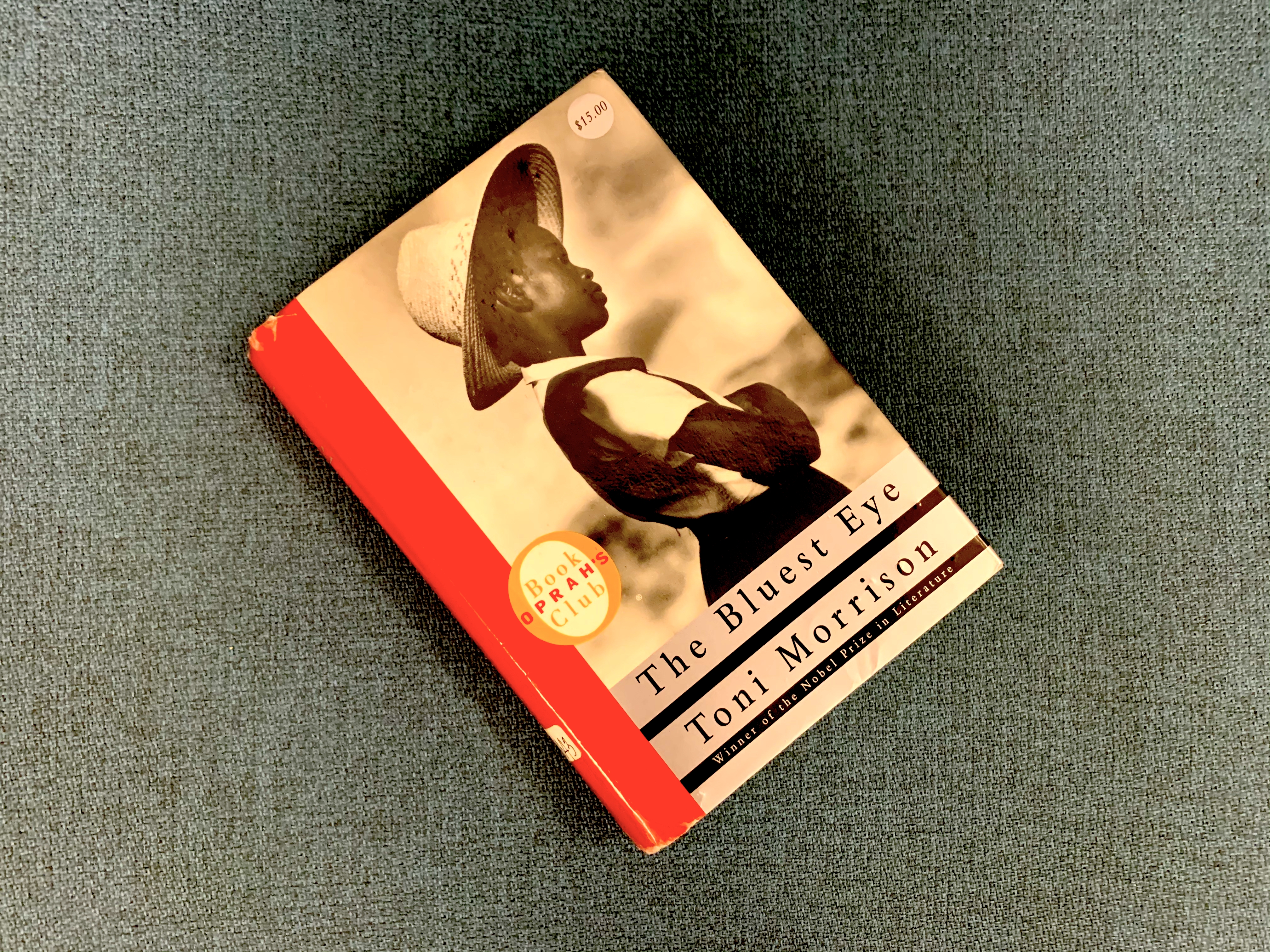Books often come to us in just the right time.
I read my very first Toni Morrison book, Sula, in high school and immediately fell head over heels for her poetic prose and deep, uncomfortable look at the deep, uncomfortable racism plaguing our society. But in high school, I’m kind of embarrassed to admit, my reading list was predominantly dictated by what Rory Gilmore and Jess Mariano were reading, and so I spent a lot of time reading Ayn Rand and Ernest Hemingway and Chuck Palahniuk which, if nothing else, was good to get out of my system.
But I digress.
I have a friend who often asks me, when I share what I’m reading, for the synopsis of the story. “What’s it about?” he’ll ask. Morrison’s books are decidedly difficult to summarize, in large part because they are so rarely told sequentially. Such is the case of The Bluest Eye.
In interviews regarding the book, one of which was included in the edition I borrowed from my local library, Morrison speaks about what inspired her to write the book: the concept of beauty, and, specifically, white standards of beauty so heaped upon people of color. She recalls one of her black classmates wanting blue eyes, and recalls how strange it would look if such a thing were true. It is this – this desire, the perversity of the desire, and the perversity of a society that would make a child want such an odd thing – that sparked this narrative, told in a series of interlinked vignettes surrounding one small girl, a horrid secret, and the unfulfillable wish that, she hopes, would make her life better.
There is nothing more I can say about this book, except read it. You will not be disappointed.
